How to Build a Hiking First Aid Kit: A Complete Checklist
Learn how to put together a hiking first aid kit to keep you safe and comfortable on the trail!
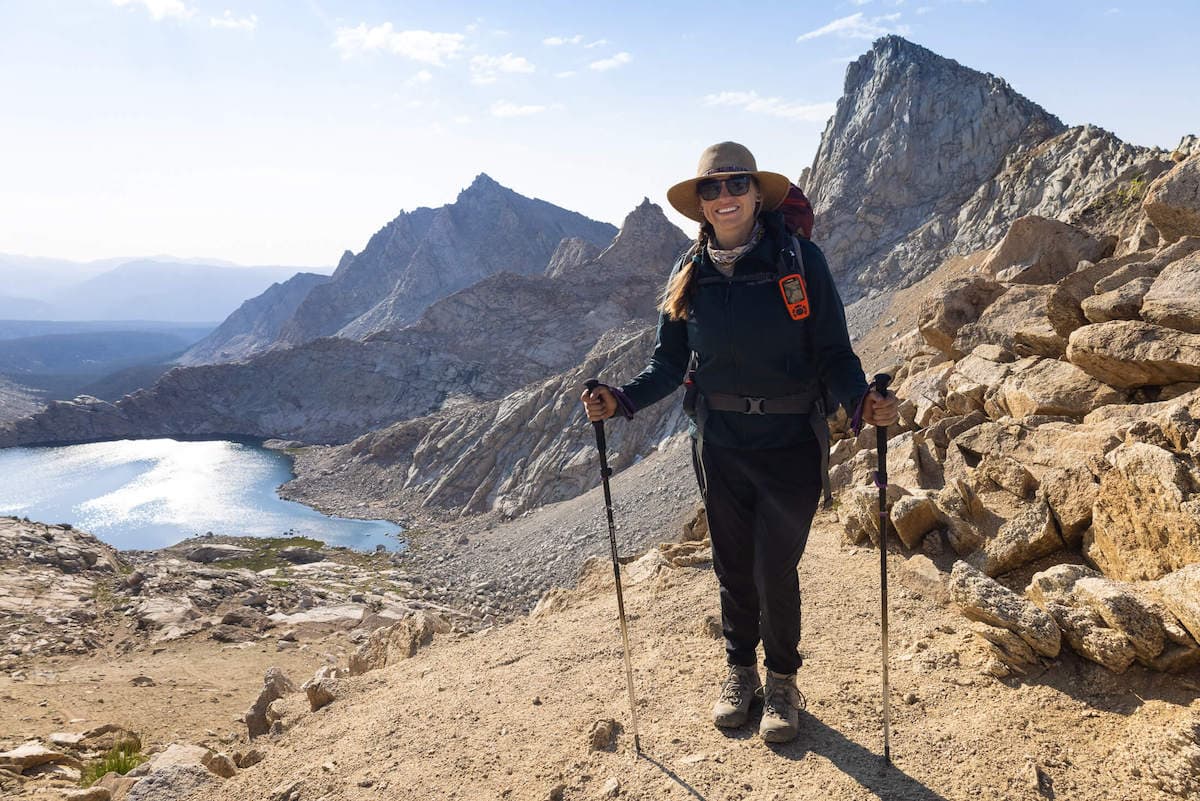
It’s important to invest in a portable, lightweight hiking first aid kit that you can stash in your backpack for trips large and small. Not only is a first aid kit one of the 10 hiking essentials and necessary for emergencies on the trail, but it’s also great for treating minor blisters, burns, and cuts that are inevitable while hiking and backpacking. When you need to use it, you’ll be grateful for the time you spent putting it together and carrying it in your pack.
There are plenty of day hiking first aid kits options available. You can buy pre-made ones from the store or it’s also incredibly easy to build your own DIY hiking first aid kit. Whether you’re a beginning hiker or backpacker or you’re more experienced, all hikers can benefit from following this guide to create the best hiking first aid kit.
This post may contain affiliate links.
Whether you buy or create yours, here’s the complete checklist for building a comprehensive hiking first aid kit.
Why Do You Need to Carry a First Aid Kit?
There are many scenarios in the wild when you may need to use a first aid kit. Sometimes it’s as minor as a small cut from a snagged bush or a stubbed toe on a rocky trail. Or maybe you’re suffering from allergies due to lots of pollen in the air. You could also be constipated or even have diarrhea due to travels prior to or during your trip.
Whatever scenario you find yourself in, you’ll be glad you packed your hiking first aid kit to take care of yourself and your trail partners.
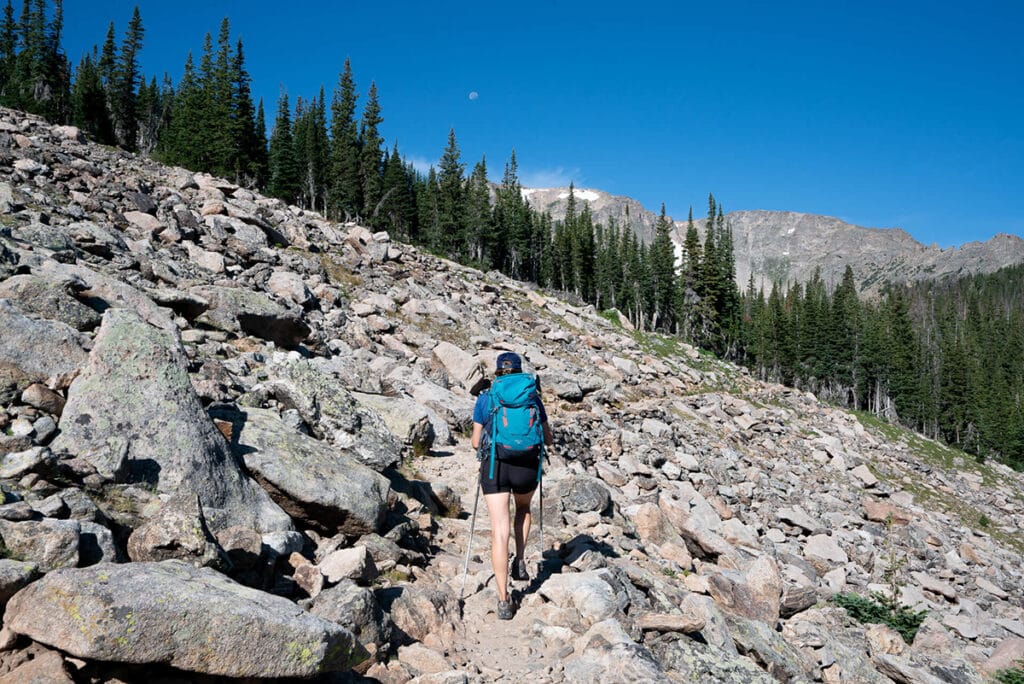
Save this post!
Enter your email & I'll send this post to your inbox! You'll also receive my weekly newsletter full of helpful advice for planning your adventures.
Hiking First Aid Kit Essentials
Hiking first aid kits will vary by group size (individual vs. a large group) and activity. For the purposes of this post, we’ll be covering how to create an individual hiking first aid kit with a few of our favorite pre-made first aid kits listed at the end. With a proper first aid kit, you should be able to manage or fully treat minor scrapes and burns, aches from overuse, and minor cases of diarrhea, allergic reactions, etc.
It’s essential to be familiar with what’s in your first aid kit, to adapt it to your needs, and understand how to use everything that’s inside it. So whether you decide to purchase a pre-made first aid kit or build your own, it’s important to follow our hiking first aid checklist below to ensure you’ve got everything you need for a complete kit.
Here are the key essentials that should be in your hiking first aid kit:
First Aid Kit Pouch
First things first: you’ll need a pouch to carry your day hiking first aid kit. Most pre-made kits are perfect, provided you can fit any other necessary additions into the pouch, and they are probably already water-resistant and light. If you’re creating a DIY hiking first aid kit, you can purchase a small toiletry bag for your pouch — just try to find one that’s lightweight and water-resistant. A small 1-liter dry sack also makes a great first aid kit carry pouch.
Once you have your pouch, you can use ziplock bags to group similar things together for additional organization and to ensure everything is water-tight.
Over the Counter Medication
Medications to alleviate symptoms on the trail are a hiking first aid kit essential. While they might not save your life, they’ll certainly make minor inconveniences like a headache, stuffiness, or upset stomach easier to handle when you’re in the backcountry and far from a pharmacy.
You probably already have most of the over-the-counter medications below, so it’s easy to create a refillable pill jar or two with the following medications and refill them as necessary. MyMedic is also a great online resource for buying single packets of a variety of different medications and first aid kit supplies.
You’ll want to carry at least two doses of the following medications:
- Pain relief: Ibuprofen or Advil (pain relief, anti-inflammatory), acetaminophen (Tylenol – pain relief) and/or aspirin (heart attack prevention). Ensure that the user is not allergic prior to using.
- Anti-histamine: Diphenhydramine (Benadryl). Use this for acute allergic reactions. It also doubles as a sleep aid in a pinch.
- Anti-itch/insect sting: Hydrocortisone cream. This fixes one of the most common (and biggest) inconveniences while hiking.
- Anti-diarrheal: Loperamide (Imodium). Countless hiking trips have been saved thanks to anti-diarrheal medication, which vastly improves comfort and aids against dehydration.
- Laxative: Dulcolax. It’s not uncommon to get backed up after lots of travel or being in a new place.
- Antacid: Famotidine (Pepcid) or bismuth tablets (Pepto-bismal, Tums). For heartburn relief — usually an issue the hiker knows about beforehand.
- Allergies/nasal decongestant: Pseudoephedrine (Sudafed), cetirizine (Zyrtec), or loratadine (Claritin). It’s best to get non-drowsy medication when possible.
- (Optional) Epinephrine Injection: EpiPen for anaphylaxis reaction from peanuts, bee stings, etc. This requires a prescription from a physician and may not be required given you/your group’s medical background, but it’s very useful to have.
Wound Care
Hopefully, you avoid needing to use your day hiking first aid kit for wound care but blisters, cuts, scrapes, and minor burns can sometimes be unavoidable while hiking or backpacking. It goes without saying that serious wounds will require a trip to the hospital, but a good first aid kit will be able to treat minor wounds and keep them clean from infection.
To be properly prepared, you should carry the following and know how to properly use them:
- Bandages: bring an assortment of sizes to cover minor cuts and scrapes. Consider bringing blister and knuckle bandages to be more prepared, as well as Blister Bandaids or Moleskin for blisters.
- Roll Gauze: use a roll of gauze for larger scrapes, but it may be irrelevant if you pack large enough bandages.
- Medical/Athletic Tape: used for securing gauze or bandages.
- Skin closures: Steri-Strips. These are used in lieu of stitches to close larger cuts. You’ll likely need to practice before using it properly. You may be able to use Krazy Glue to seal smaller cuts and cracks, but don’t rely on it too much.
- Disposable Surgical Gloves: pack 2-3 pairs of gloves to prevent fluid transmission or wound contamination between members of the group.
- Antiseptic Wipes: use either BZK-based wipes (which don’t sting or dry out skin) or alcohol-based wipes to clean wounds and sterilize first aid equipment.
- Triple Antibiotic Ointment: Apply triple antibiotic ointment to a wound to help fight possible infection.
Tools For Your Hiking First Aid Kit
Aside from medication and wound care, there are a few other miscellaneous items you’ll need to take care of your body:
- Tweezers: get precision tweezers (not cosmetic tweezers) to remove bee stings, ticks, cactus spines, splinters, glass, or anything else that may become embedded in skin.
- Scissors: scissors are essential for cutting gauze, tape, or other gear.
- Hand Sanitizer: sanitize your hands and first aid gear prior to necessary first aid work.
- Sunscreen: avoiding sunburn is relatively easy, which saves a lot of unnecessary discomfort on a longer hike.
- Small Medical Card: use a business-card sized piece of paper to list your name, address, medical contacts, and any important medical information should you need serious medical assistance.
- Emergency Blanket: weighing only 2.5 ounces, an emergency blanket keeps you warm if you’re stuck in the cold.
- Waterproof Fire Starter: fire starter is always handy to keep in your first aid kit if you need to signal for help or get warm.
Best Pre-Made Hiking First Aid Kits
The best hiking first aid kit is one that’s lightweight and portable enough to be taken on every trip. There are plenty of pre-made day hiking first aid kits you can buy that are super convenient to pack if you prefer not to build your own.
The Mountain Series Backpacker Medical Kit is a great choice, as well as many of the other pre-made kits that REI offers.
A Bearfoot Theory team favorite is the MyMedic Solo kit. The Standard Solo kit includes most of the items listed above while the Pro Solo kit has several more advanced items like a tourniquet and a chest seal.
Pre-made first aid kits are very convenient but more expensive than building one yourself.
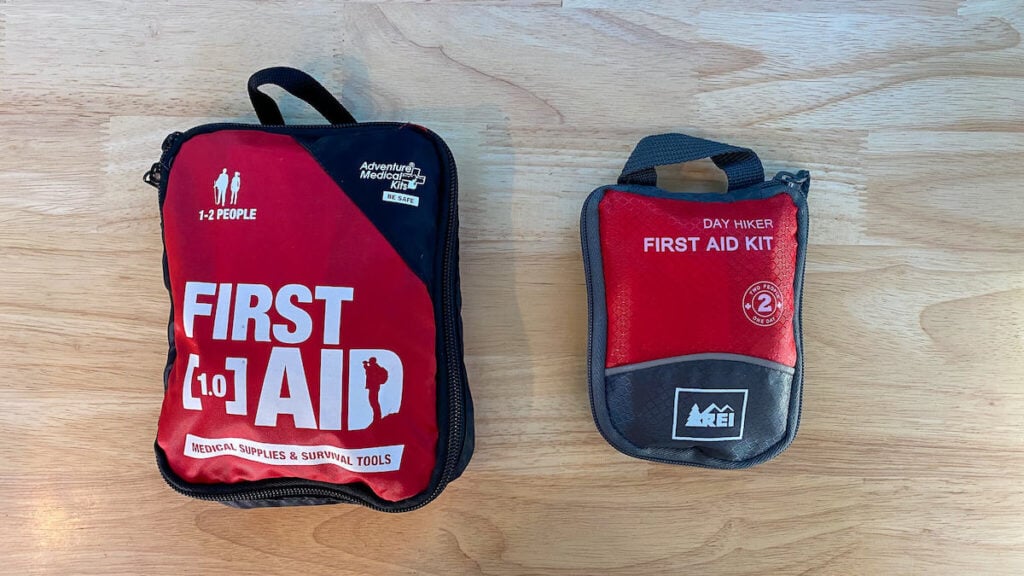
Emergency communication device
In addition to carrying a hiking first aid kit, it’s also important to carry a communication device in case of real emergencies. For day hikes in popular areas, a cell phone works great (check to make sure you will have service before you head out for your hike).
But if you’re planning a multi-day backcountry trip or will be hiking somewhere with limited cell service or rugged terrain, it’s essential to have a GPS communication device like the Garmin inReach Mini. This satellite communication device works without cell service and you can use it to alert local search and rescue organizations that you need help if there’s an emergency.
Wilderness First-Aid Training Classes
The best hiking first aid kit won’t get you very far if you don’t know how to use it. From knowing how to treat a minor wound to properly and safely using your equipment, simply having a DIY hiking first aid kit isn’t a replacement for proper training.
Consider checking whether your local REI store has upcoming classes on first aid kits and wilderness safety. For a more in-depth course, look into wilderness first aid courses from National Outdoor Leadership School (NOLS) or Wilderness Medical Associates International (WMAI).
What questions do you have about buying or building a hiking first aid kit? Do you have any hiking first aid kit essentials to share? Leave us a comment below.

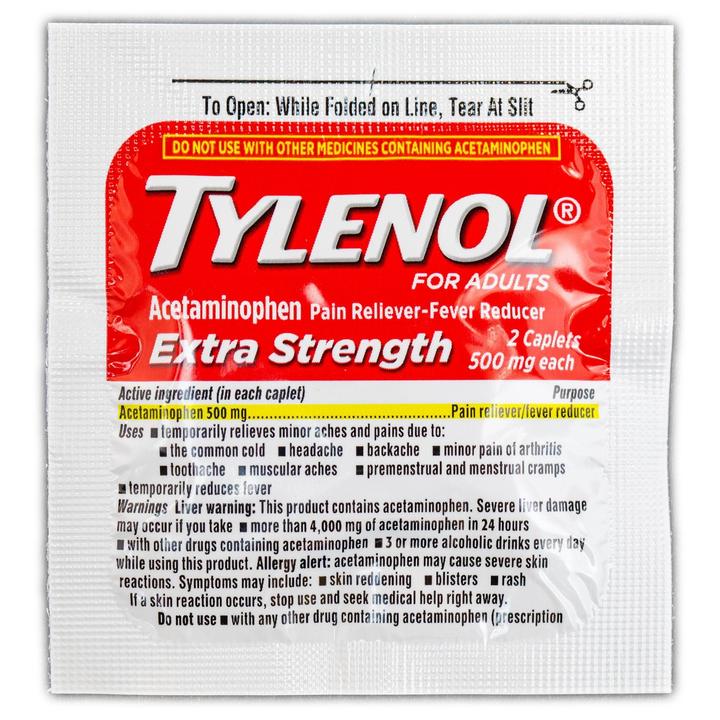
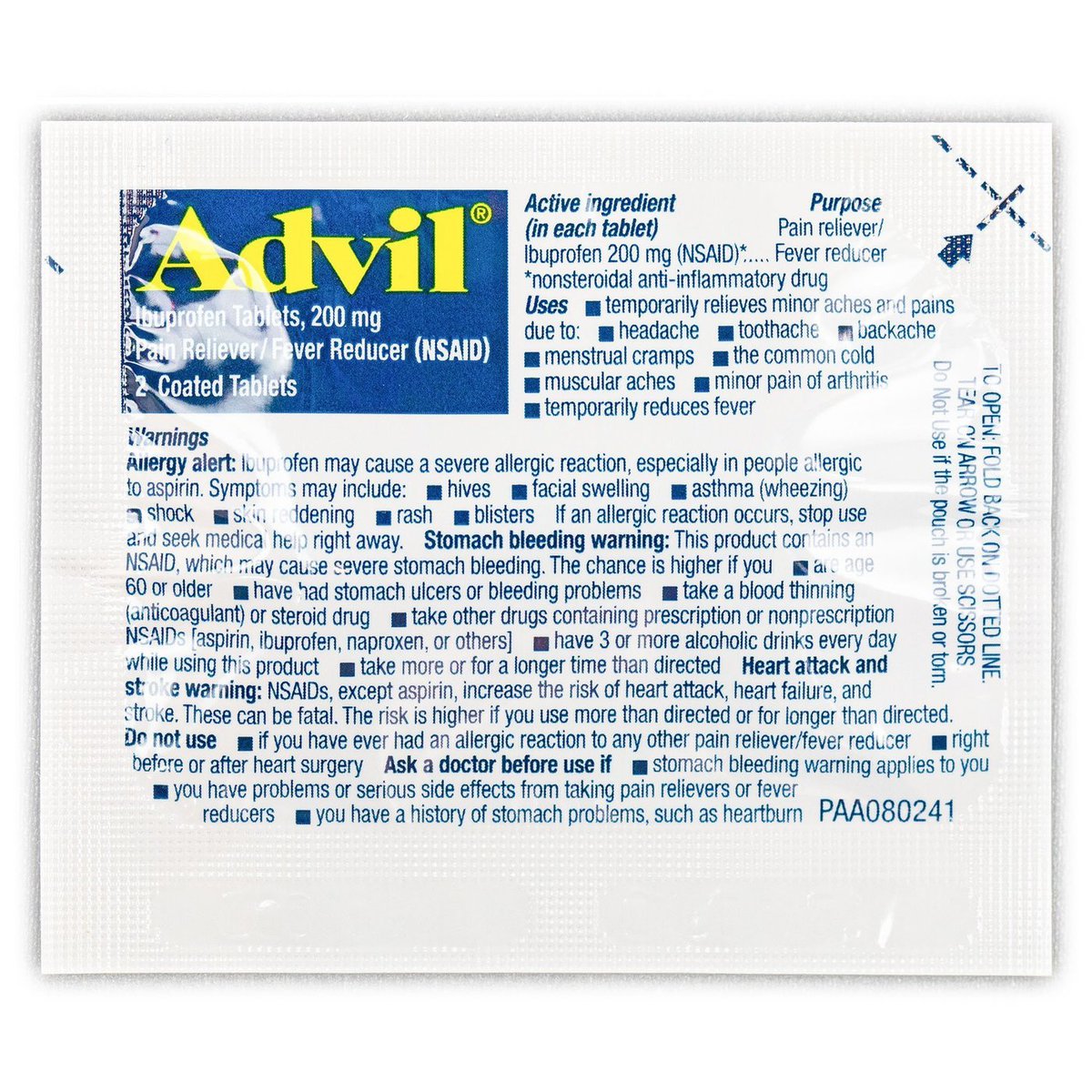
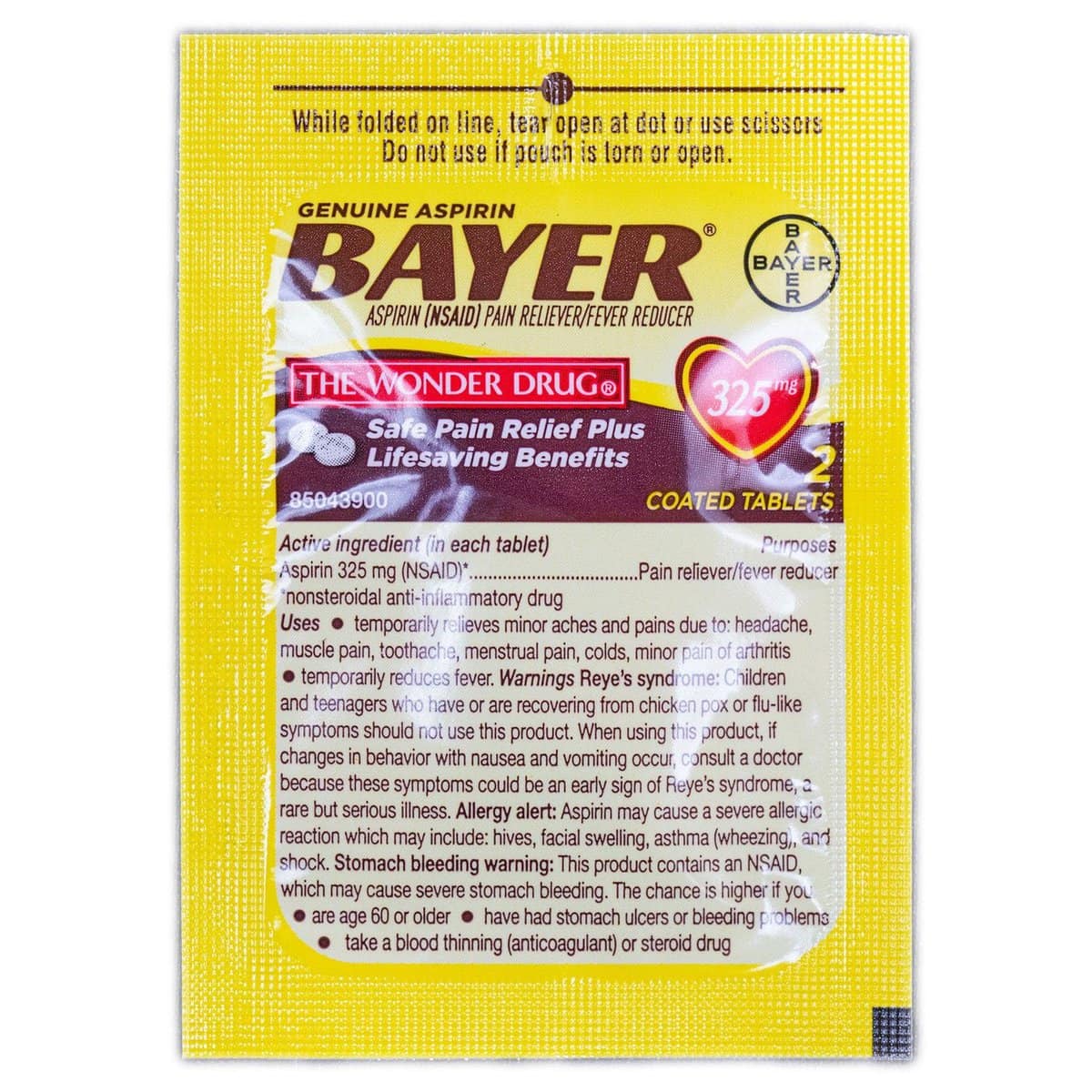

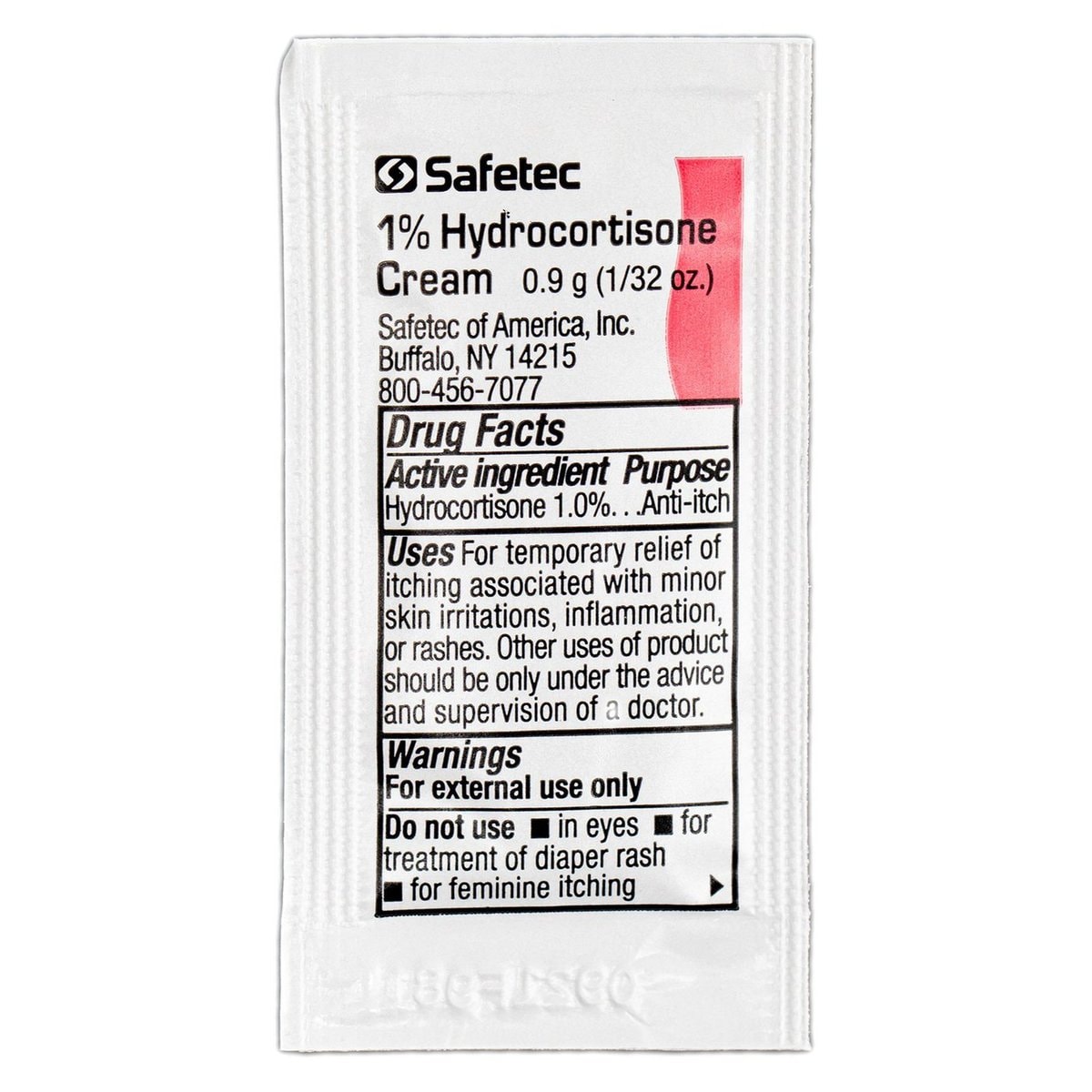
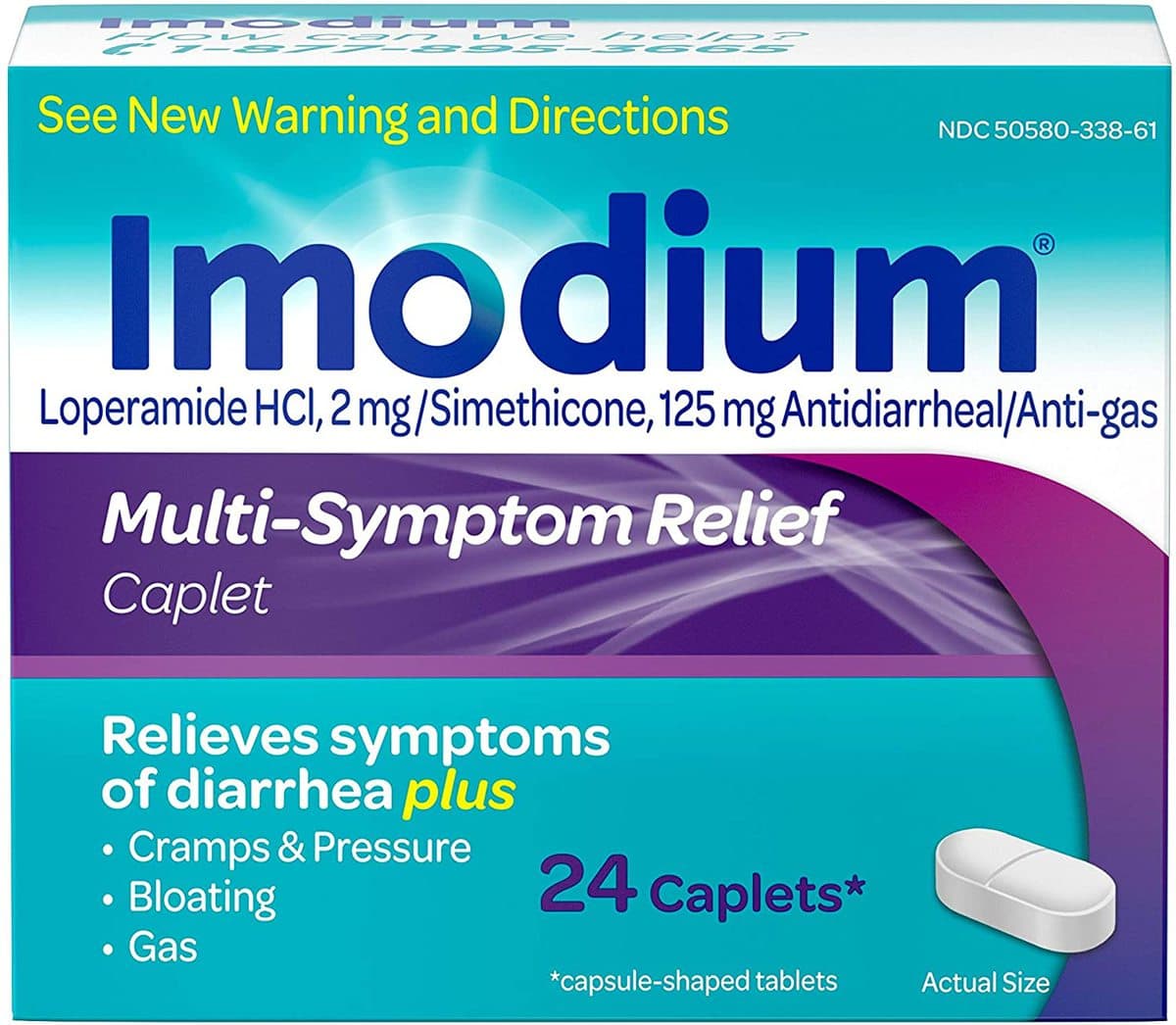
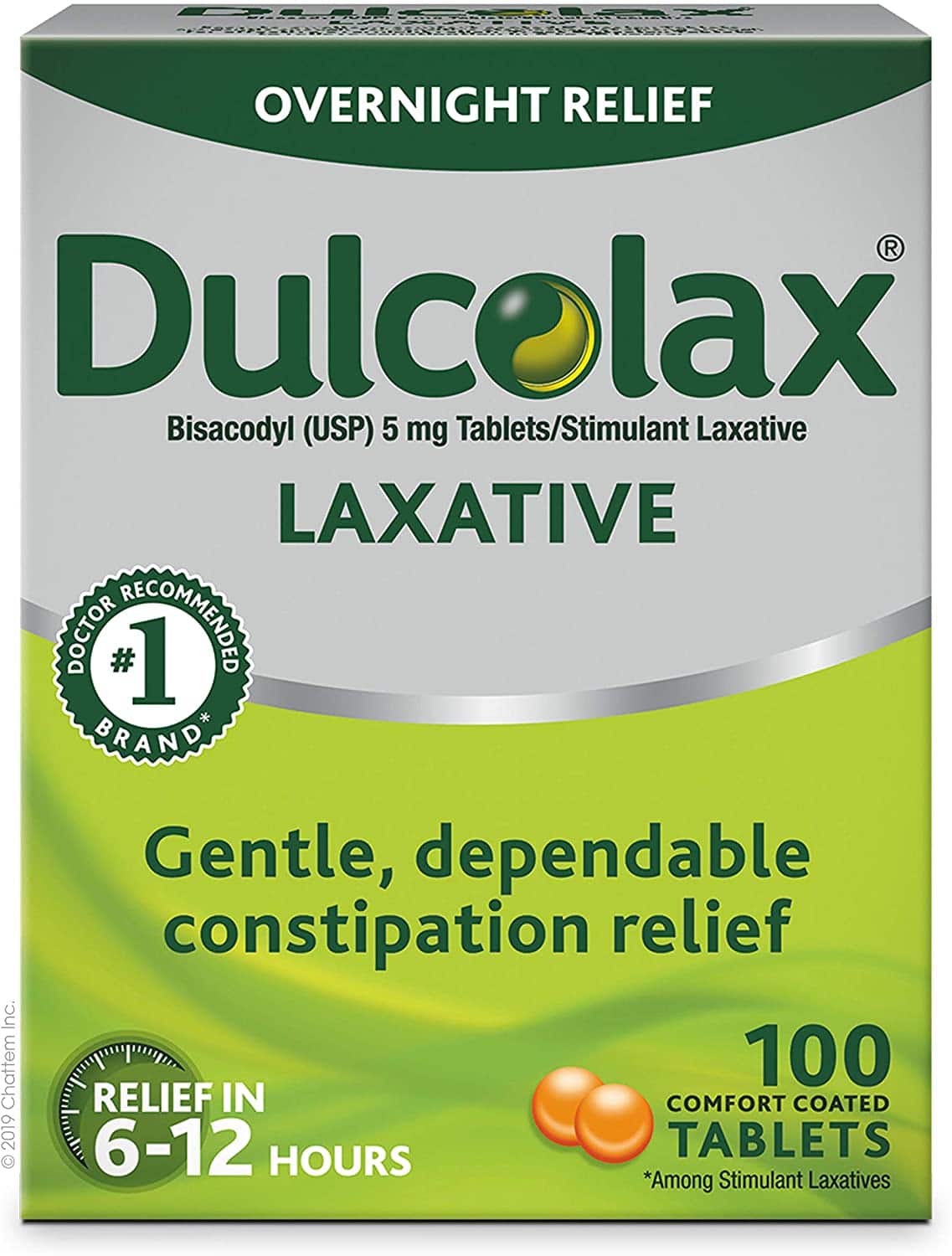
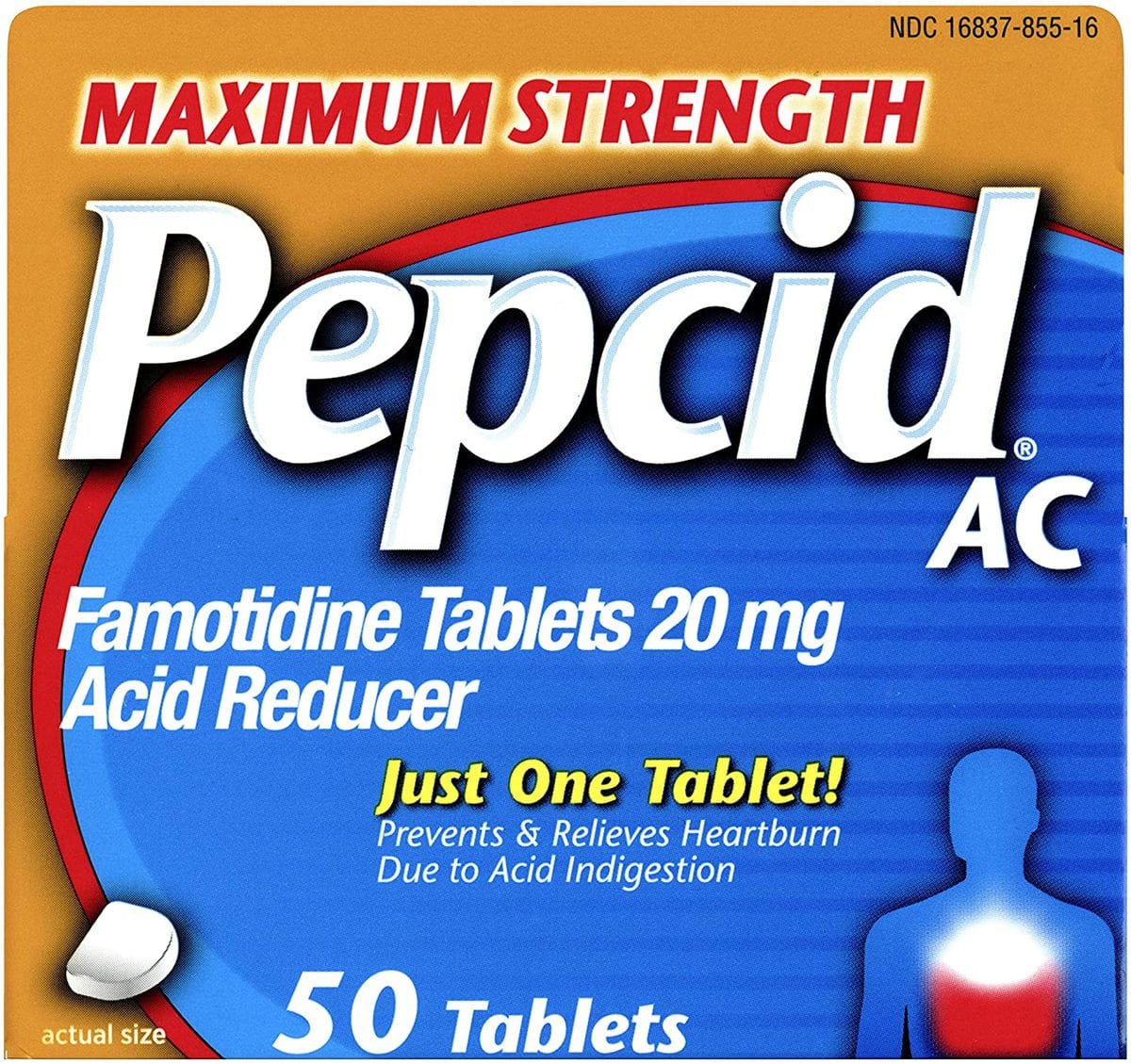
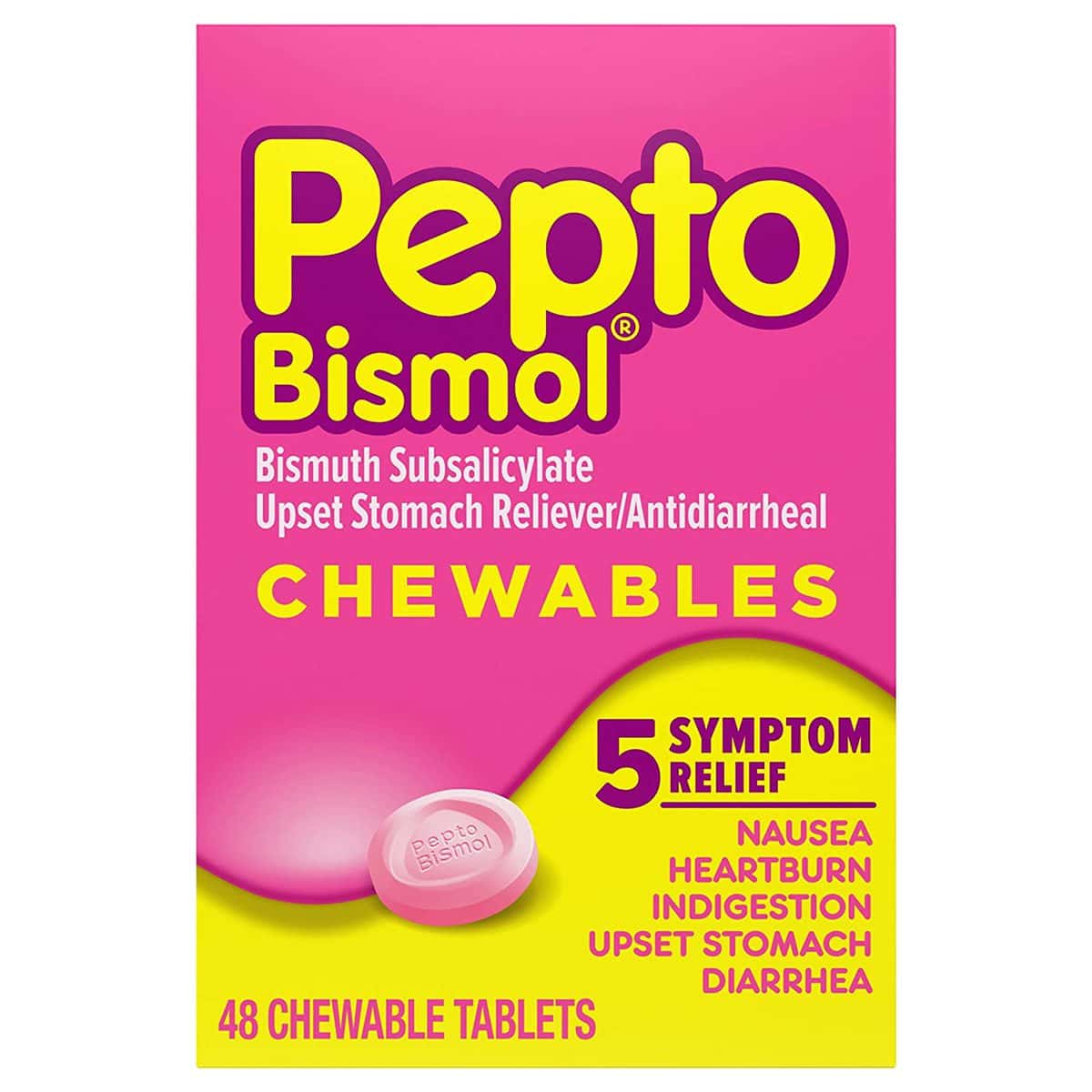
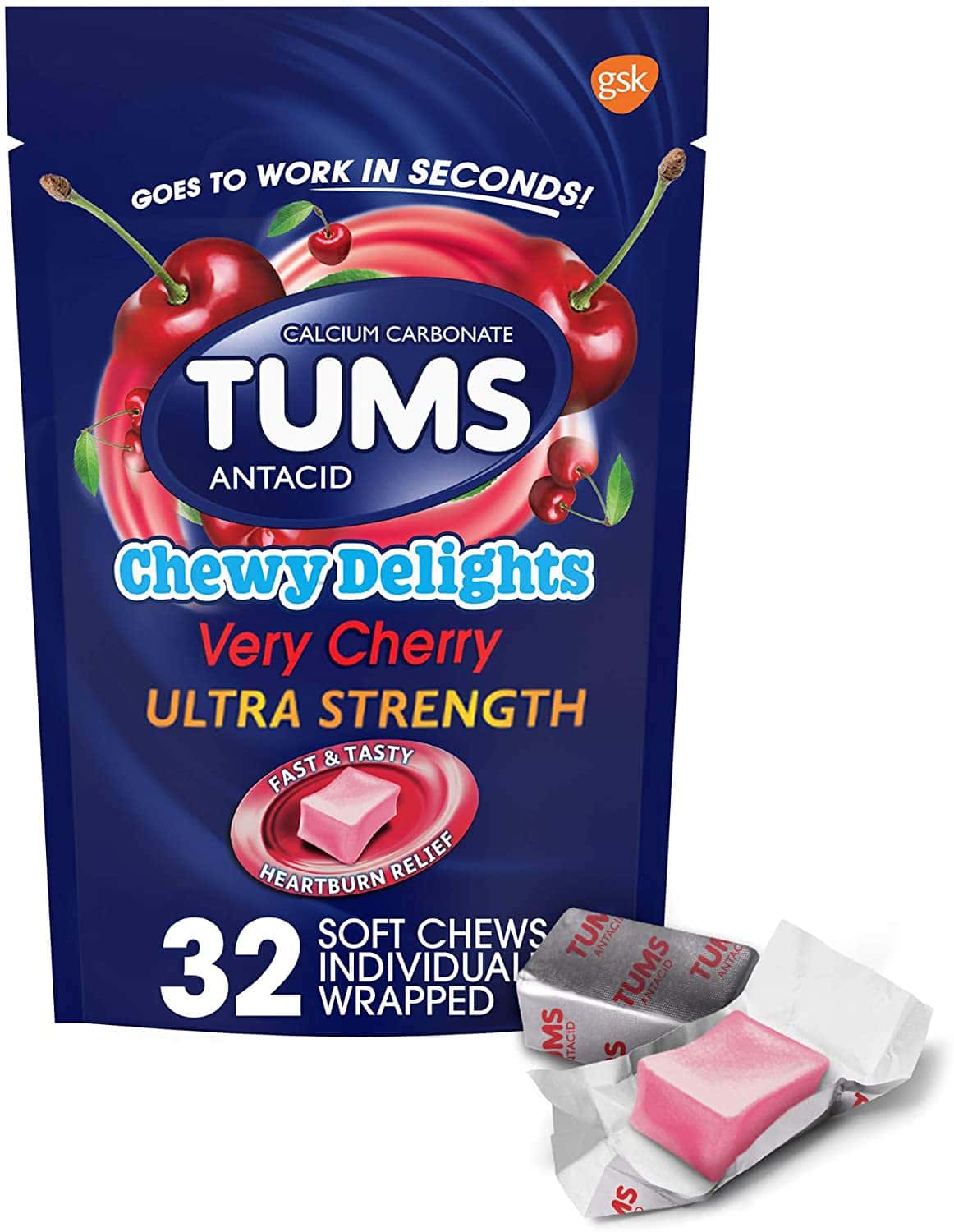

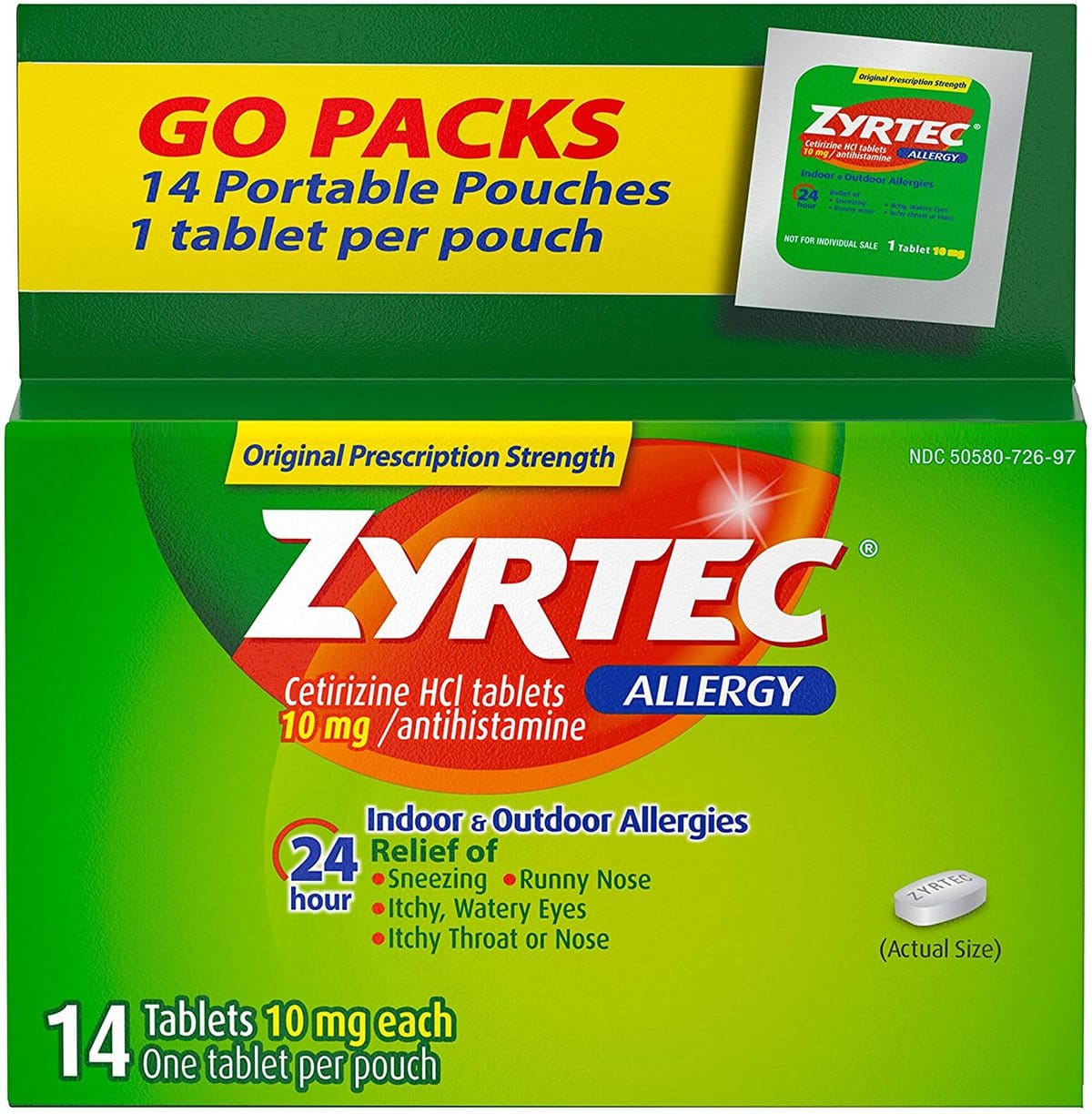
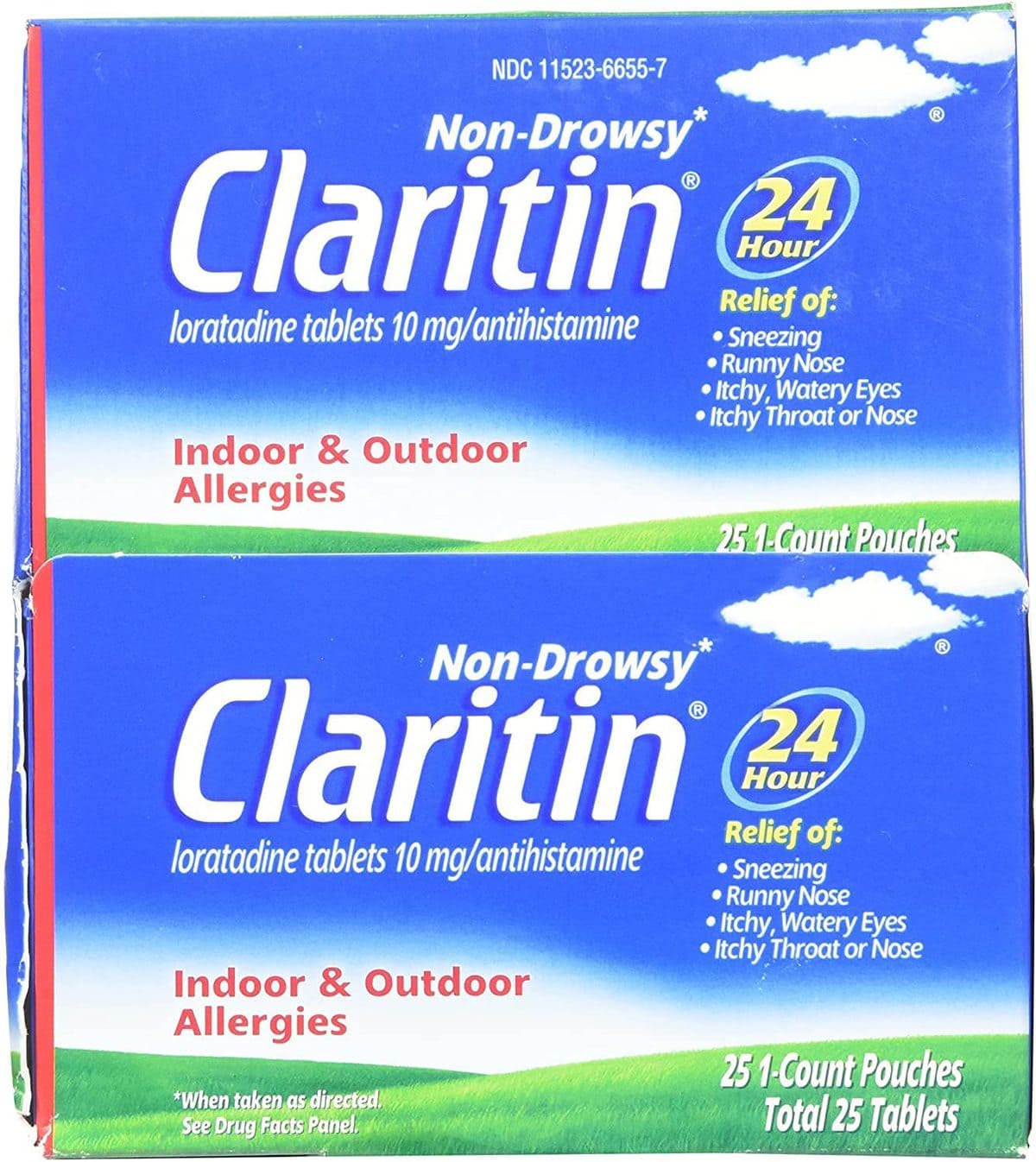

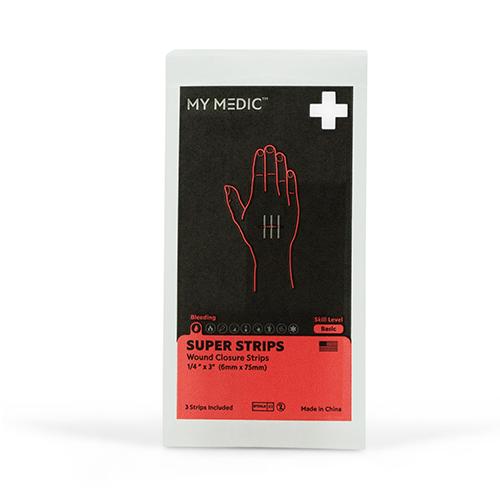
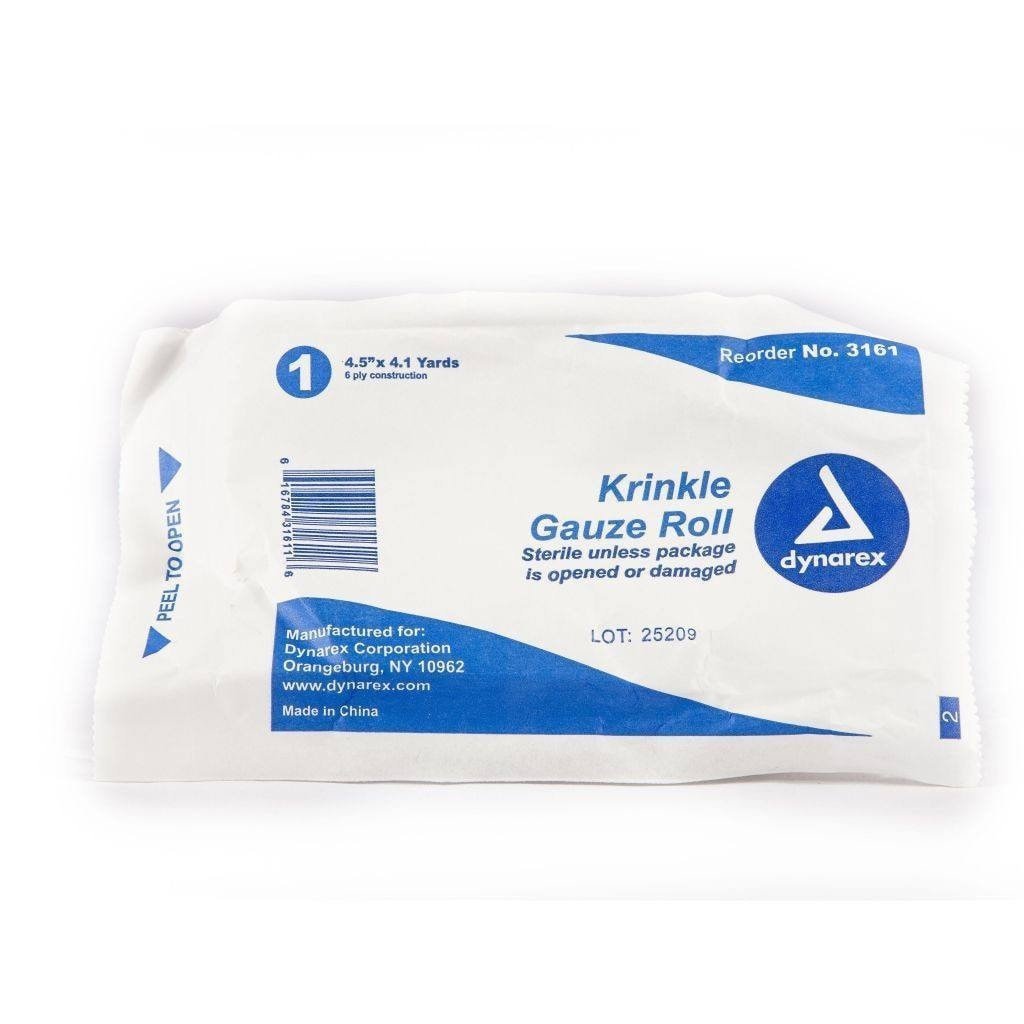

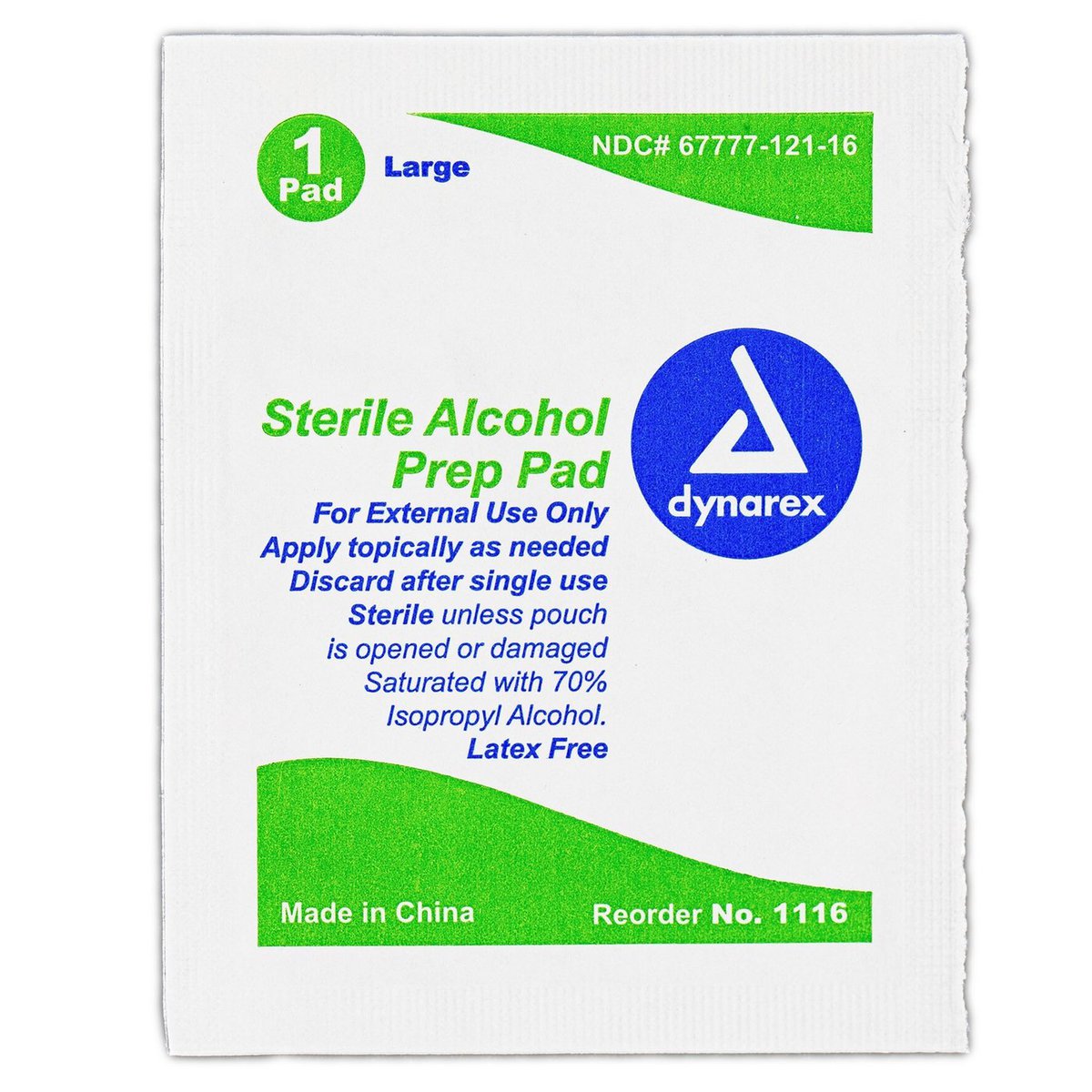
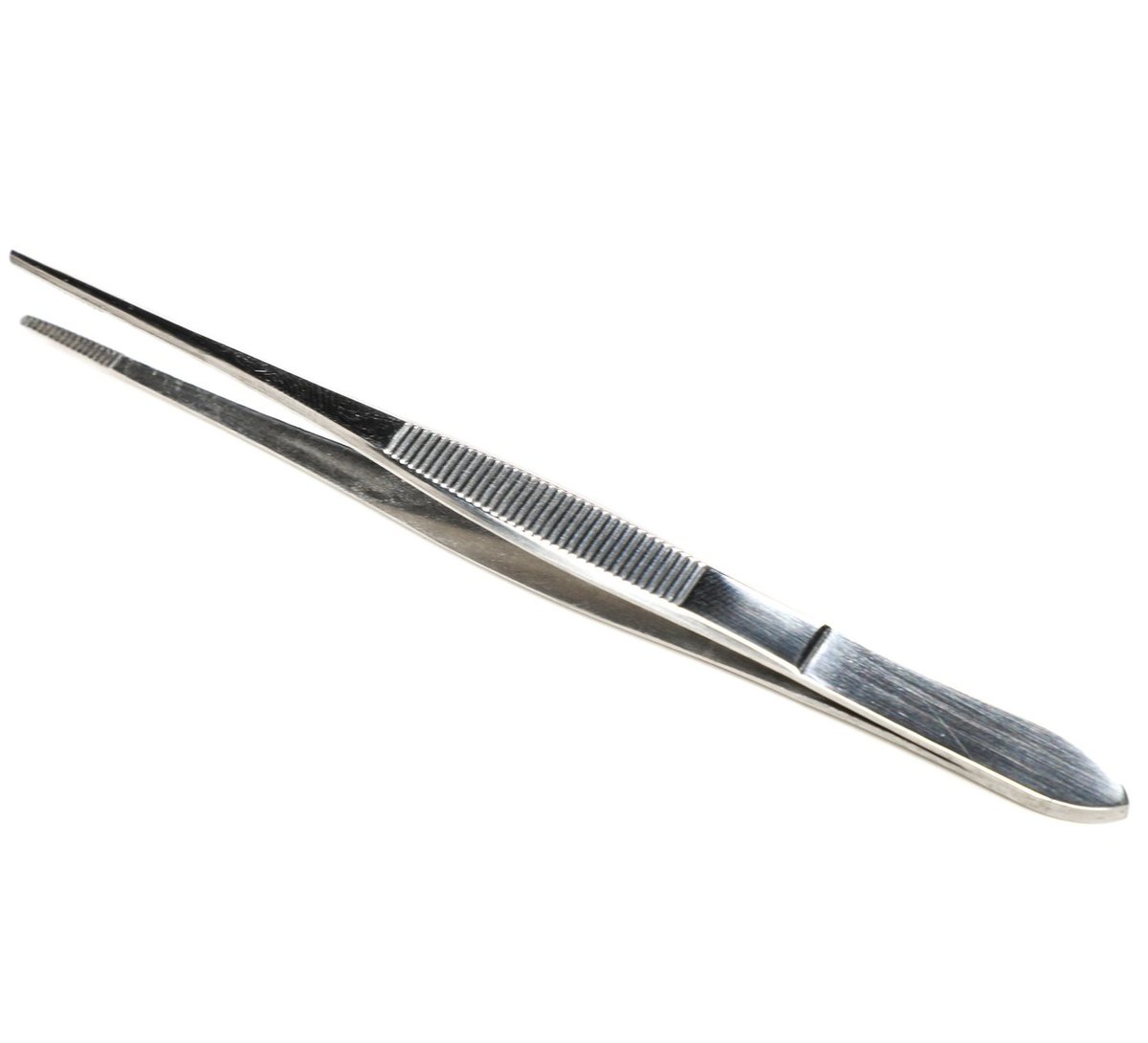
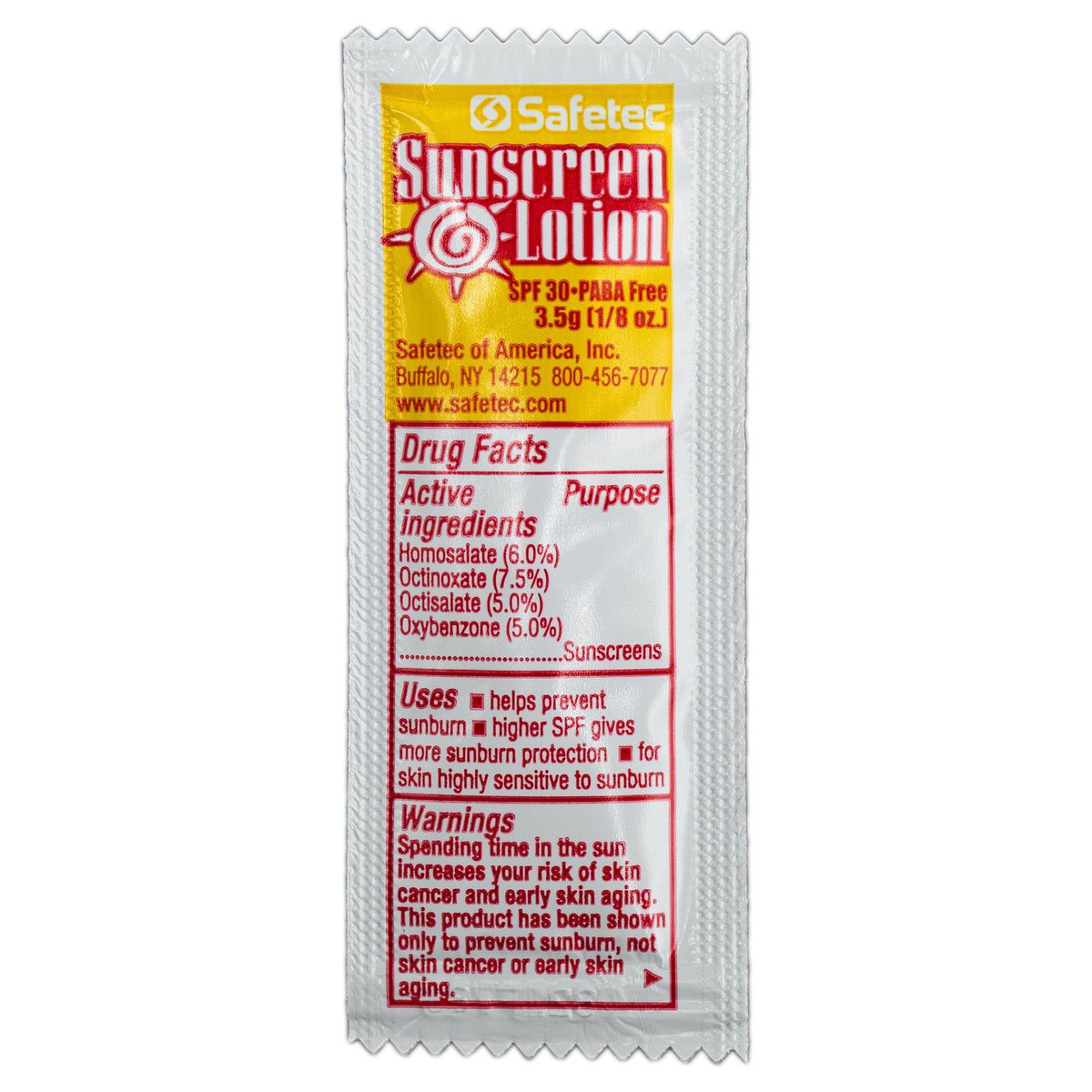

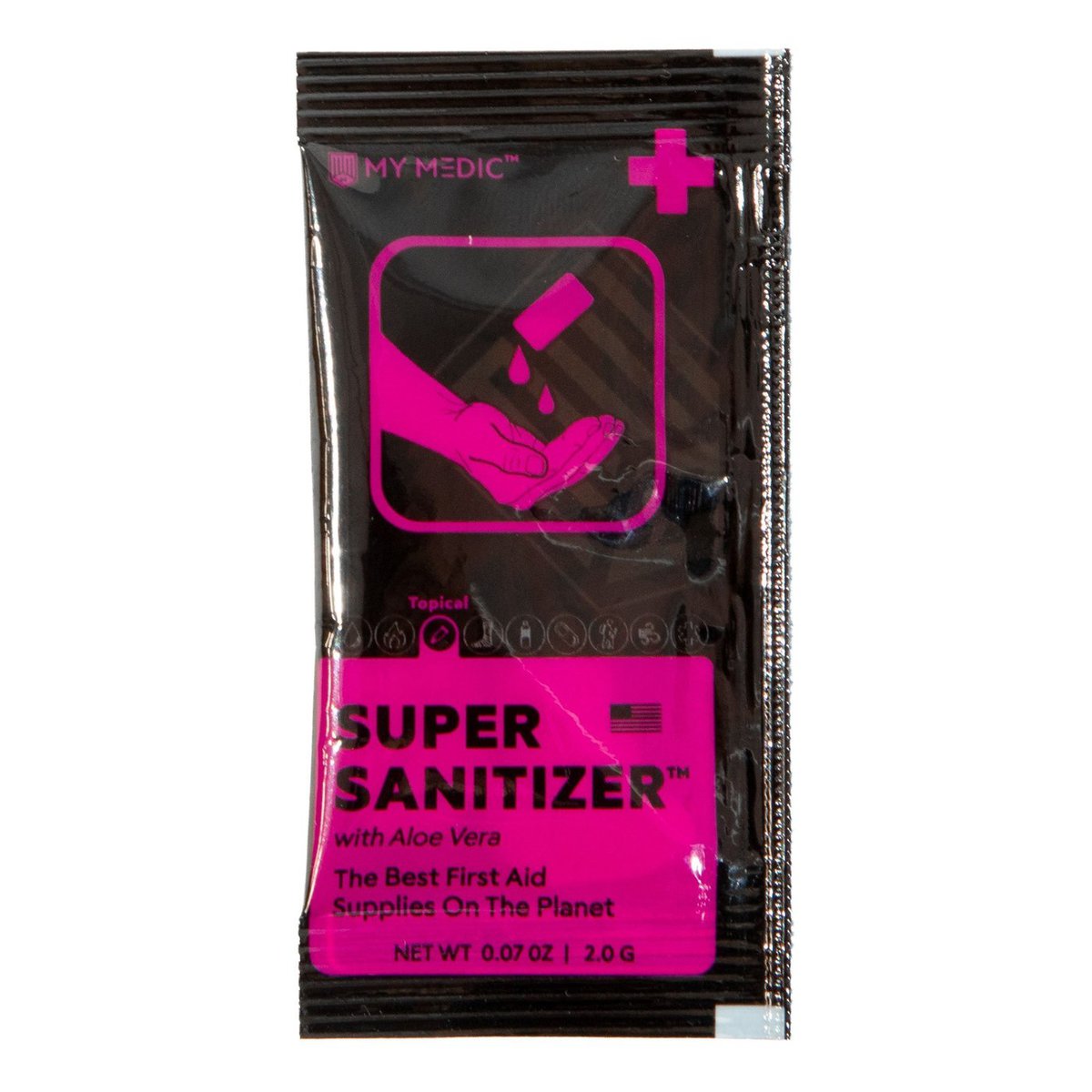
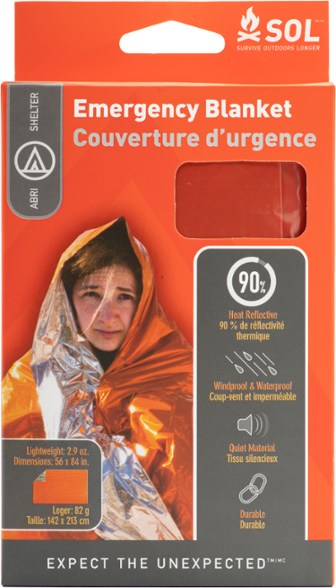
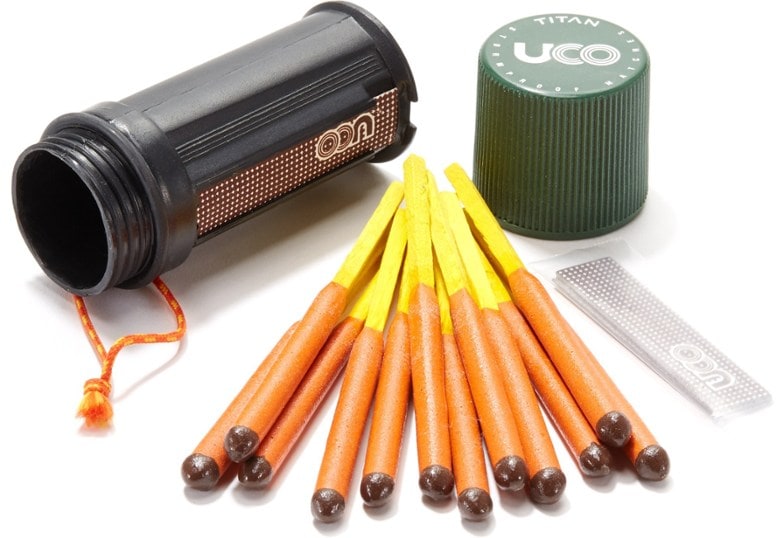
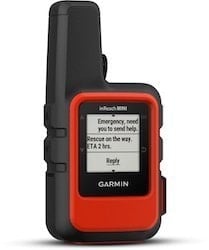
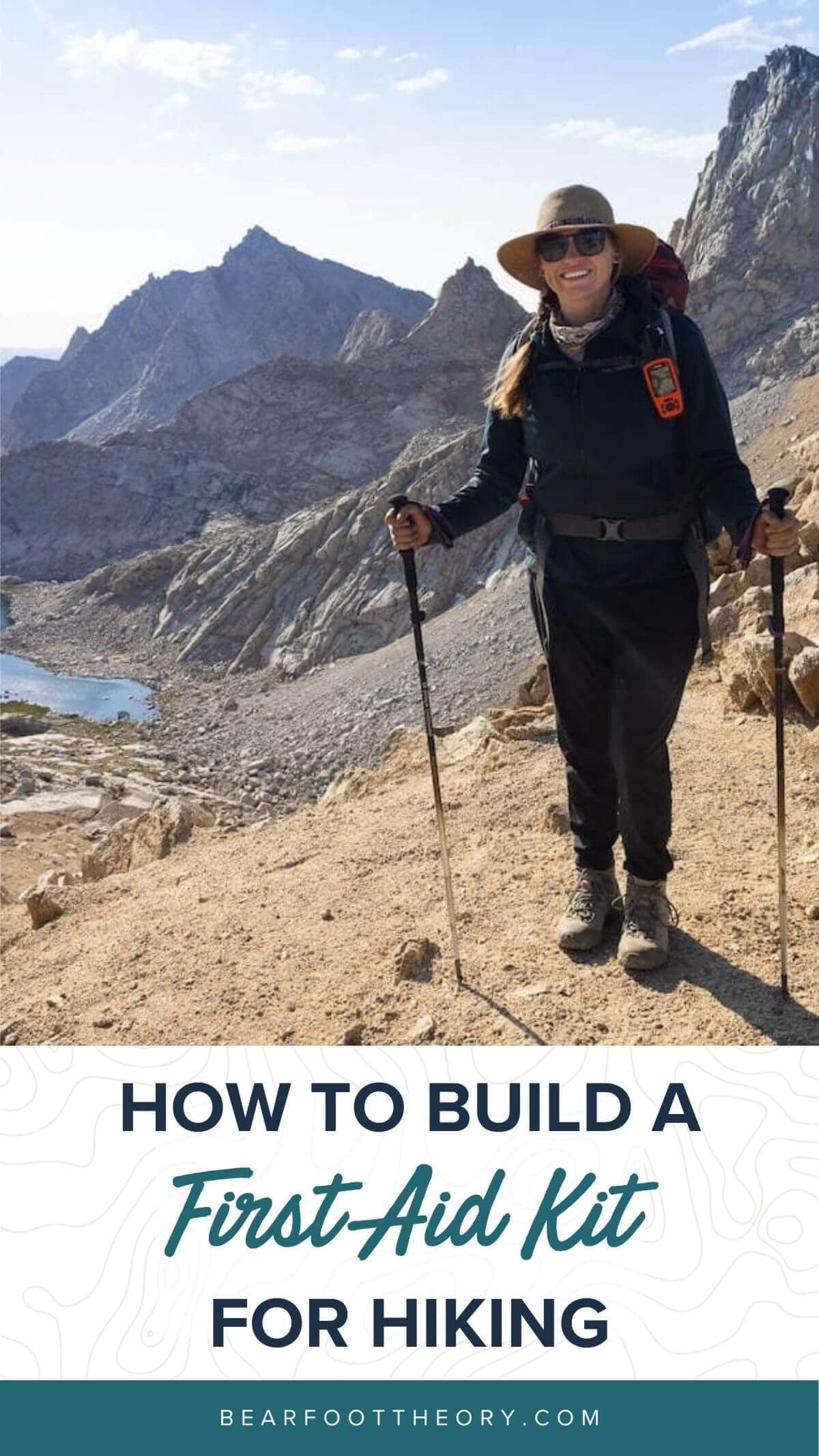
You left several items the most essential items in a first aid kit, a source to start a fire: matches or magnesium starter. When you are down and out and can’t move because of a injury, you will need warmth.
Also a lightweight Mylar reflective blanket, they weigh 2 ounces and can be used to signal for help and will keep you warm
Hi Scott, thanks for bringing up those items! We’ve added them to the list.